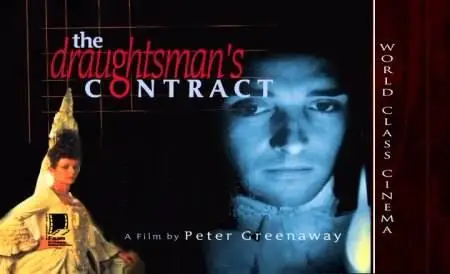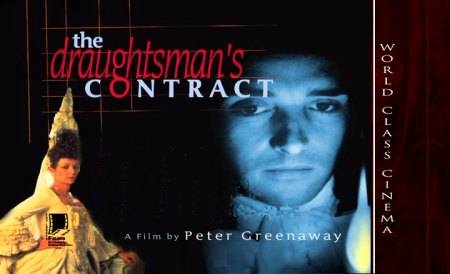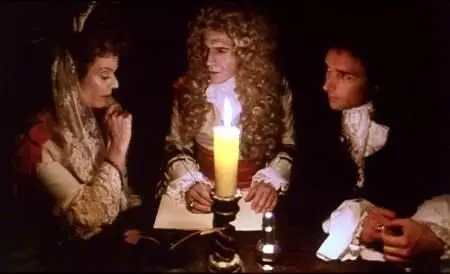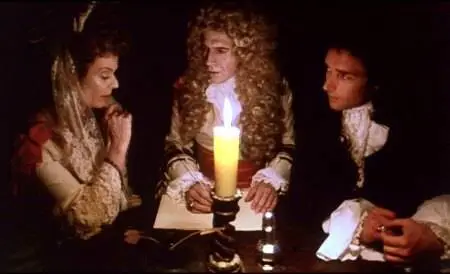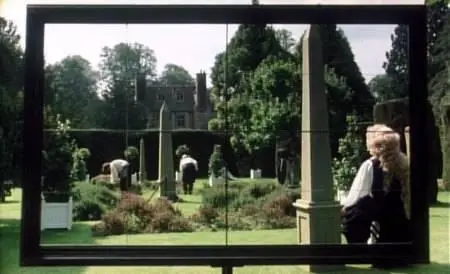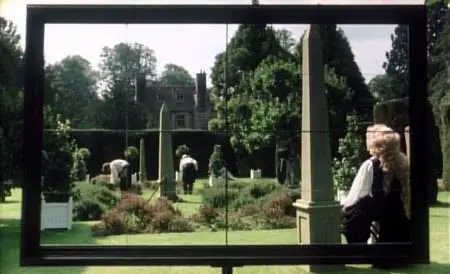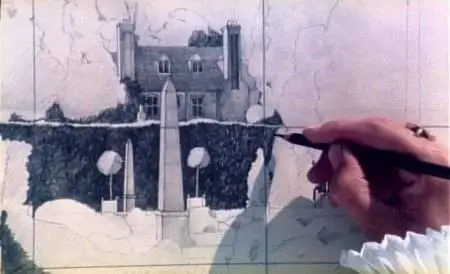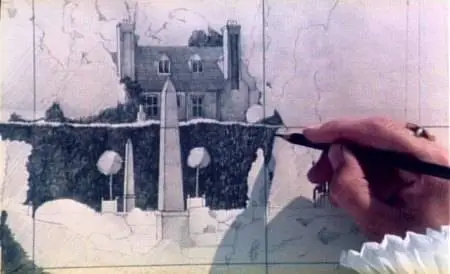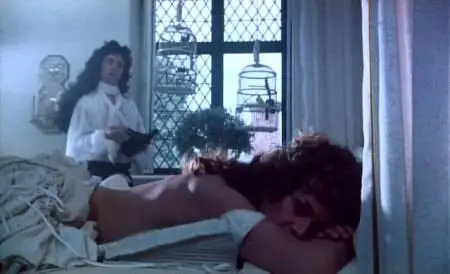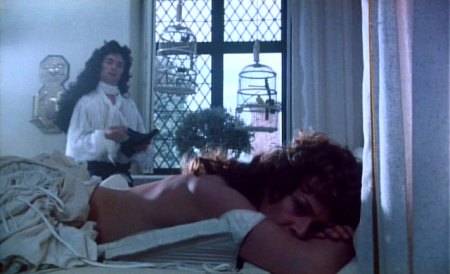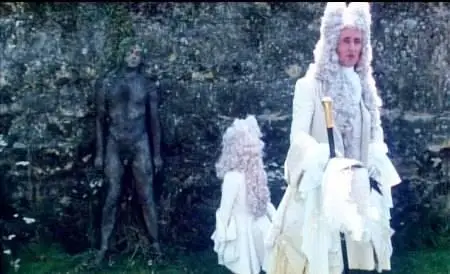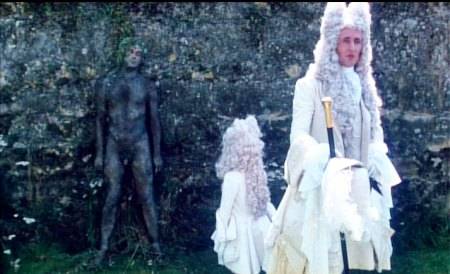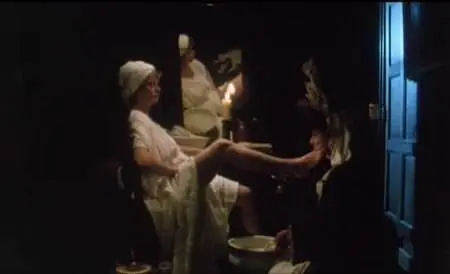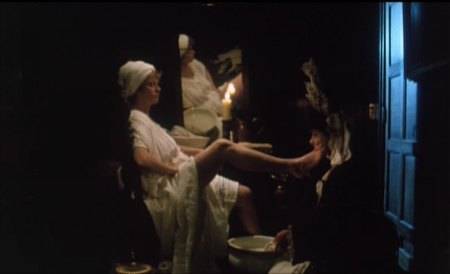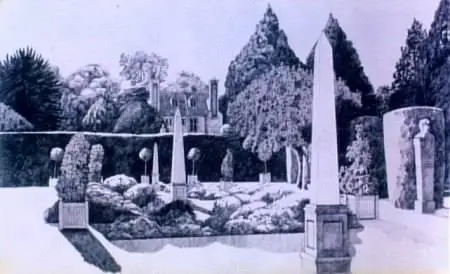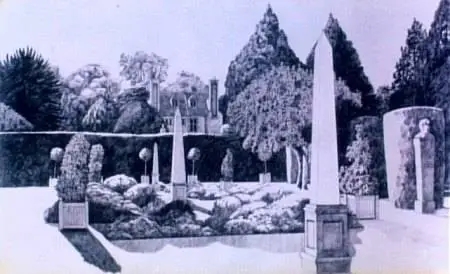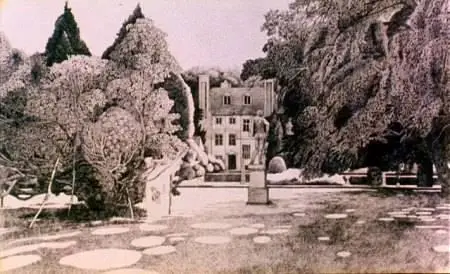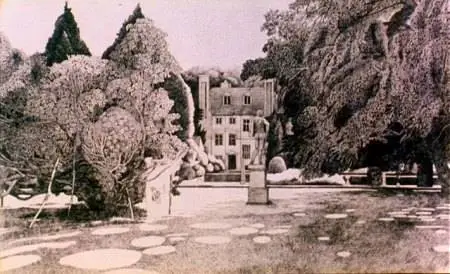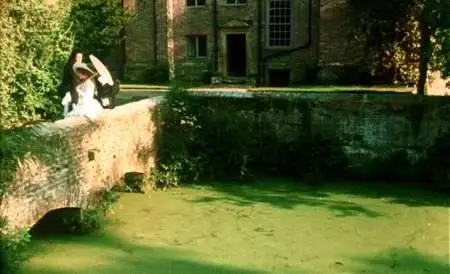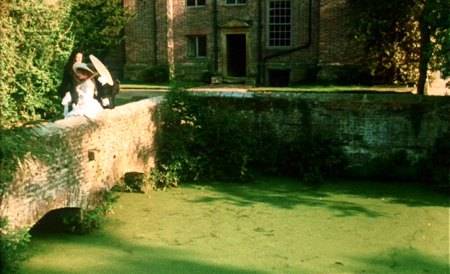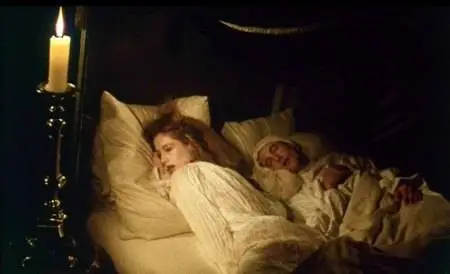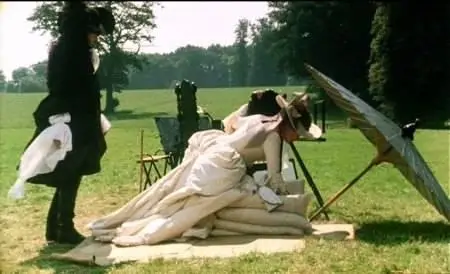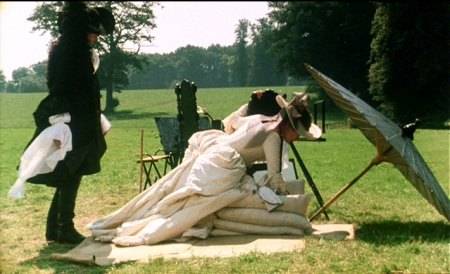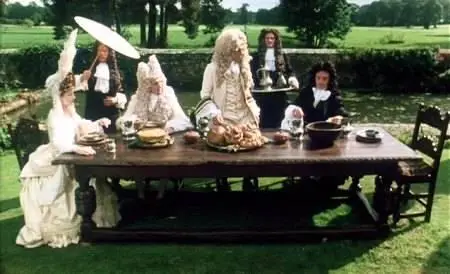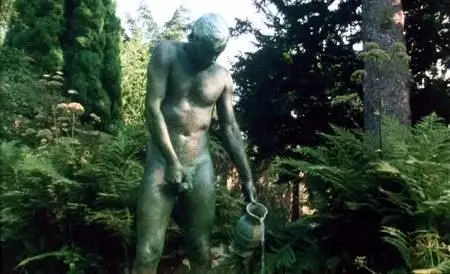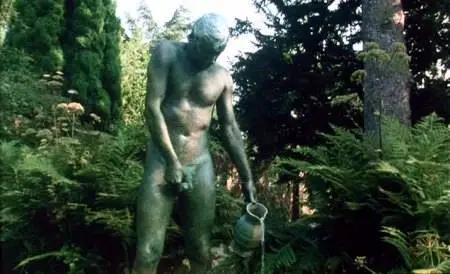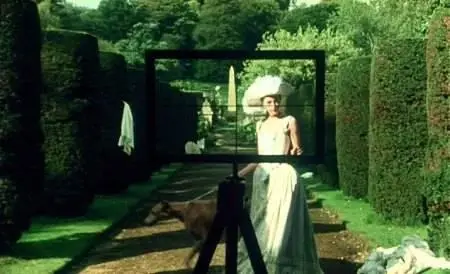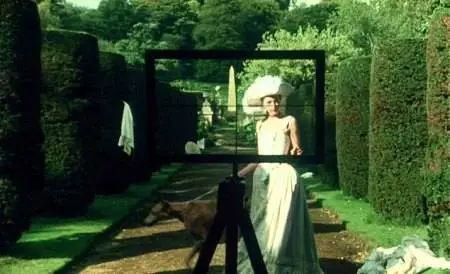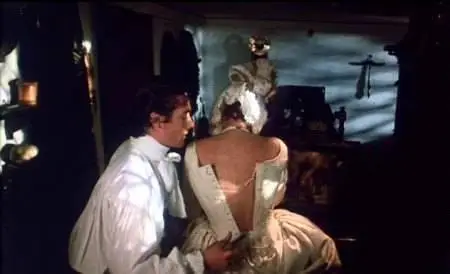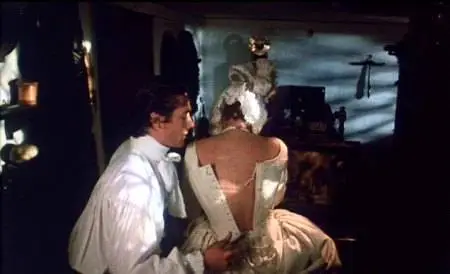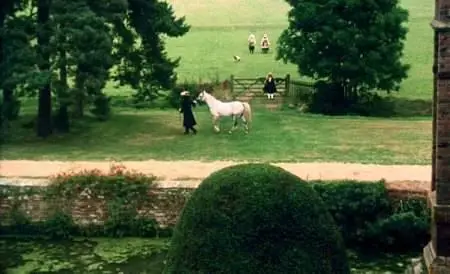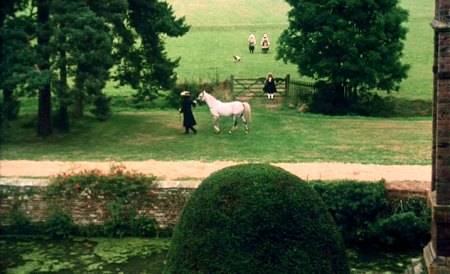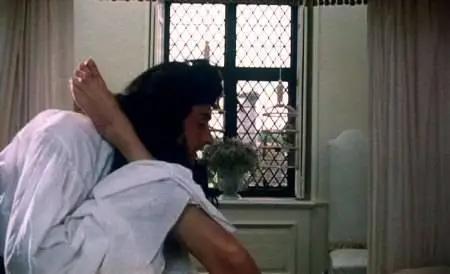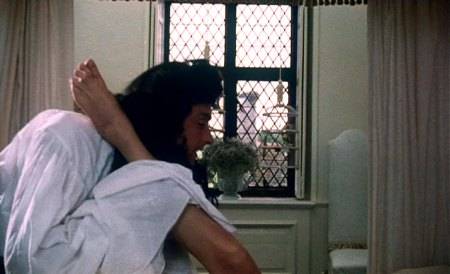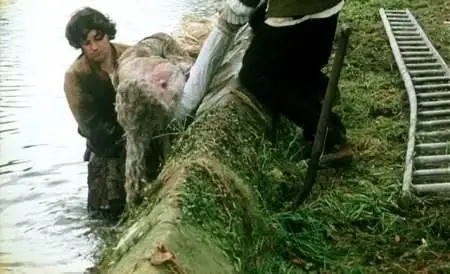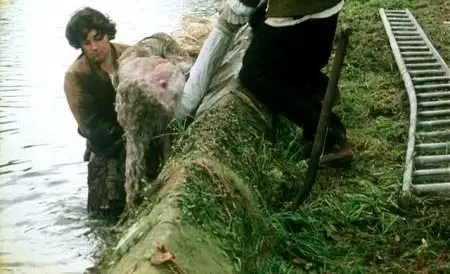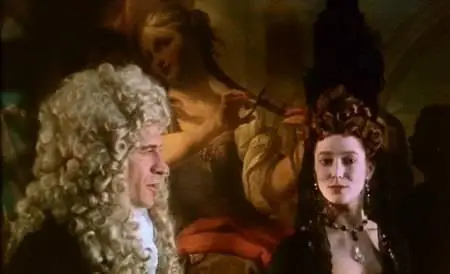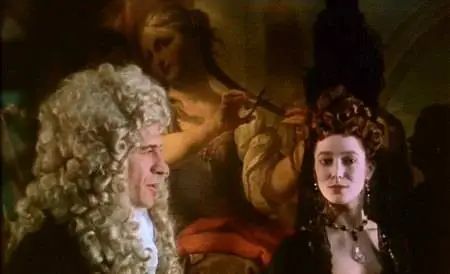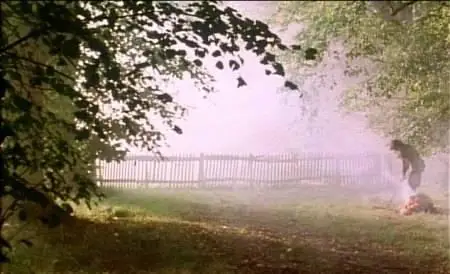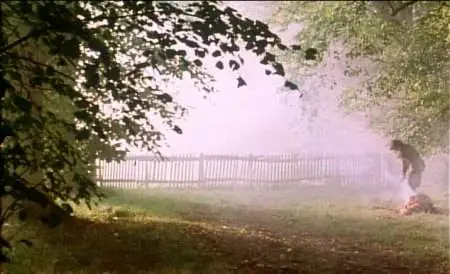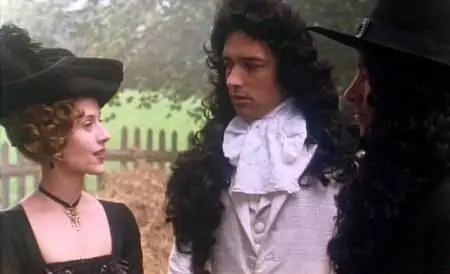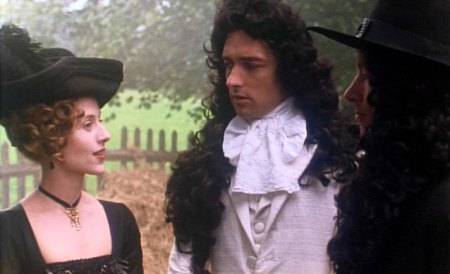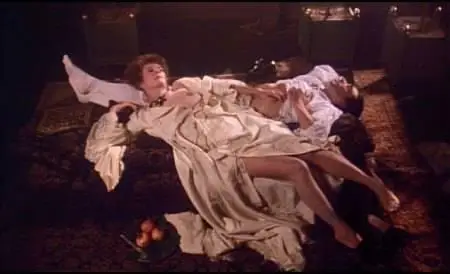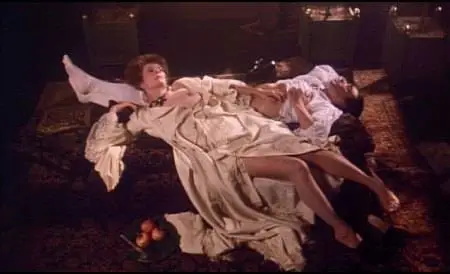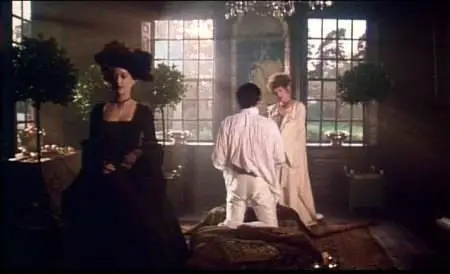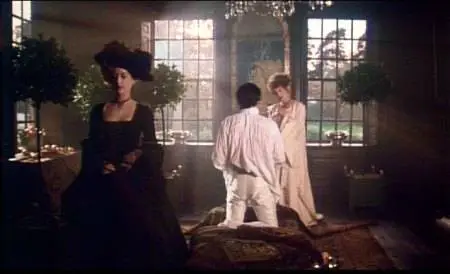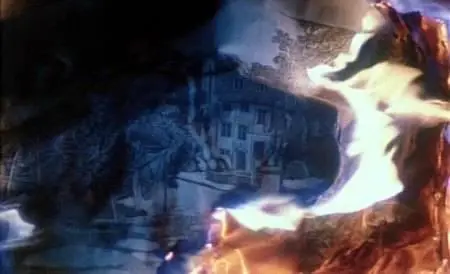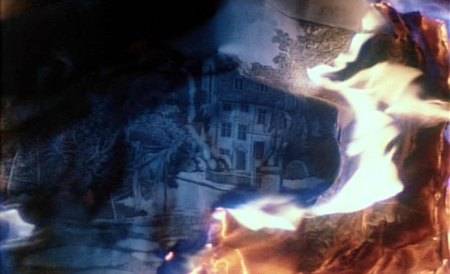Peter Greenaway-The Draughtsman's Contract (1982)
1461.2 MB | 1:47:38 | English with Eng. s/t | XviD, 1620 Kb/s | 656x400
1461.2 MB | 1:47:38 | English with Eng. s/t | XviD, 1620 Kb/s | 656x400
The Draughtsman's Contract is a visual and narrative treat and established Peter Greenaway as one of Britain's most original and talented filmmakers. Set in the opulent 17th Century, when double standards between the sexes prevailed, this elaborate conspiracy thriller tells of an opportunistic and ambitious draughtsman who becomes involved in domestic intrigue and blackmail in an elegant country house. The film features the famous soundtrack by composer Michael Nyman.
Mr. Neville, a cocksure young artist is contracted by Mrs. Herbert, the wife of a wealthy landowner, to produce a set of twelve drawings of her husband's estate, a contract which extends much further than either the purse or the sketchpad. The sketches themselves prove of an even greater significance than supposed upon the discovery of the body of Mr. Herbert. (http://imdb.com/title/tt0083851/plotsummary)
"I try very hard never to distort or dissemble," says Mr. Neville (Anthony Higgins), a draughtsman of considerable talent contracted by a certain Mrs. Herbert (Janet Suzman) to make 12 drawings for her absent husband of their English estate.
Part of that contract involves Mr. Neville taking his pleasure, and that pleasure is Mrs. Herbert. While Mr. Neville aims for fidelity in his drawings, infidelity in private is quite another matter.
Then the film becomes a cerebral puzzle when objects start appearing mysteriously in the subjects of Mr. Neville's various drawings: a ladder that wasn't there before, a pair of boots standing in a field. Mr. Neville's penchant for realism is stymied by these clues, which may or may not suggest the murder of Mr. Herbert.
Peter Greenaway seems to have directed this, his first art-house success, with the aim of exploring the failings of perspective in art and casting his doubtful eye on the possibility of "faithful" drawings such as those by which Mr. Neville makes his living. Greenaway was, after all, an art student, and must have known that drawing machines like the one Mr. Neville uses in the film (which is set in 1694) led not only to the invention of photography, and therefore of film itself, but also to the renouncing of perspective that informs so much of 20th-century painting.
In the film, Greenaway overlays the story's mysterious elements with highly mannered tableaux, making each scene like a realistic, though sumptuous, painting, while having his actors spout witty and complicated sentences. While this is very entertaining, it has a dual purpose, which is to depict the falseness of surfaces. Mr. Neville's faith in the same is his downfall, and Greenaway's triumph is in his distortions and dissemblings, the narrative lie that gets closer to the truth than any architectural drawing could. –Jim Gay
There is couple of Greenaway's thoughts on his first film and on the films that influenced him from the interview that was published in L'Avant-Scene Cinema", No 333, October 1984: "Majority of my films may be viewed on several levels. Thus, in "The Draughtsman's Contract" there was the desire to open the symbolism of plants and fruits, to study the connections between the aristocrats and the common people, the conflicts between the worlds of gentlemen and of servants. With my films, I hope to generate interest, to stimulate imagination, to wake feelings… I consider that 90% of my films one way or another refers to paintings. "Contract" quite openly refers to Caravaggio, Georges de la Tour and other French and Italian artists… Before the work on the film began, I did not explain to film crew what I wanted, but I showed them five European films: "Fellini's Casanova", "The Last Tango in Paris" by Bertolucci, "The Marquise of O" by Eric Rohmer, "Chronicle of Anna Magdalena Bach" by Jean-Marie Straub and, most importantly, "Last Year at Marienbad" by Alain Resnais which has been the most influential film for me."
Rapidshare.com (14 * 100 MB + 61.2 MB)
http://rapidshare.com/files/26795309/PG-DContract.part01.rar
http://rapidshare.com/files/26800389/PG-DContract.part02.rar
http://rapidshare.com/files/26805273/PG-DContract.part03.rar
http://rapidshare.com/files/26810115/PG-DContract.part04.rar
http://rapidshare.com/files/26815319/PG-DContract.part05.rar
http://rapidshare.com/files/26820167/PG-DContract.part06.rar
http://rapidshare.com/files/26825297/PG-DContract.part07.rar
http://rapidshare.com/files/26831286/PG-DContract.part08.rar
http://rapidshare.com/files/26836461/PG-DContract.part09.rar
http://rapidshare.com/files/26841752/PG-DContract.part10.rar
http://rapidshare.com/files/26847540/PG-DContract.part11.rar
http://rapidshare.com/files/26852847/PG-DContract.part12.rar
http://rapidshare.com/files/26857961/PG-DContract.part13.rar
http://rapidshare.com/files/26863769/PG-DContract.part14.rar
http://rapidshare.com/files/26790744/PG-DContract.part15.rar
(Password-www.AvaxHome.ru)
All of my movie posts


